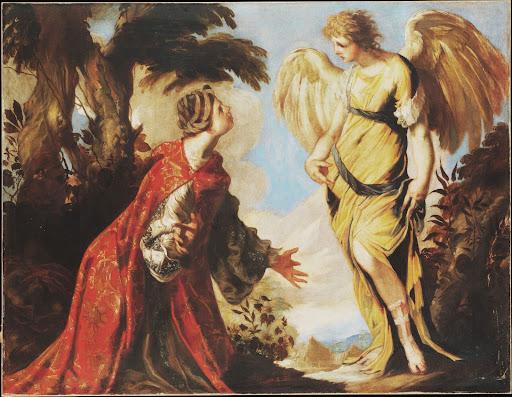Sometimes, life’s difficulties can overwhelm us and cause us to do things we wouldn’t normally do. The perceived inability to care for ourselves or our families can cause us to lash out and even harm ourselves or our loved ones.
How might we confront these difficult times so that we spread love and care despite our hardships? I think the story of Hagar and Ishmael may provide insight into this question.





